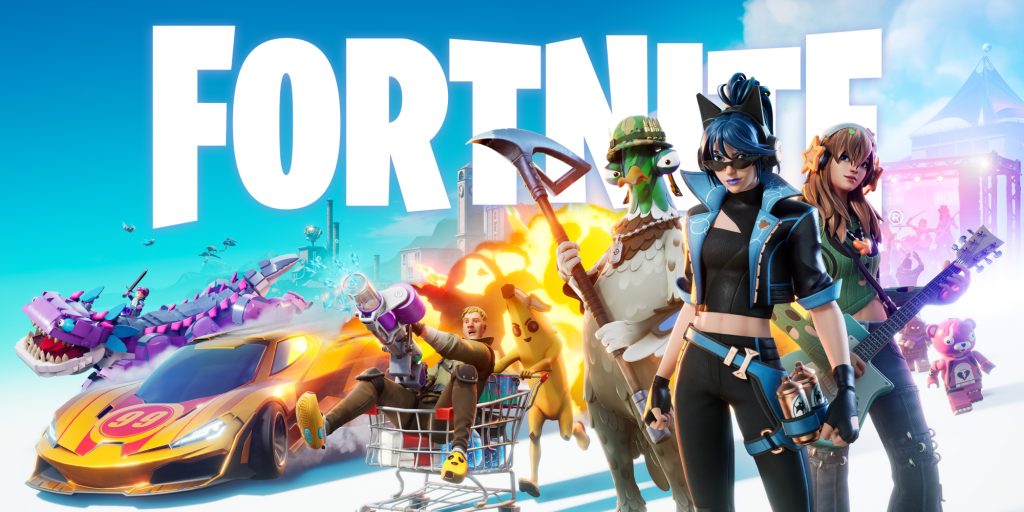The landscape of the gaming industry is undergoing significant transformations, with new challenges emerging that are reshaping how games are developed, marketed, and played. A recent analysis highlights that the ongoing dominance of popular live service games, particularly Fortnite, poses a more considerable threat than subscription services such as Xbox Game Pass. This perspective comes from Mat Piscatella, the Executive Director and Video Games Industry Analyst at Circana (formerly NPD), who has shared insights into recent spending trends in the gaming sector.
Subscription Services on the Rise
According to Piscatella, video game subscription spending in the United States reached a record high in May 2025, amounting to $0.6 billion. This figure marks the third consecutive month of growth in subscription service usage. Piscatella attributes this increase to inflationary pressures and economic uncertainty, which have prompted gamers to seek out value-oriented offerings that services like Xbox Game Pass provide. This interpretation suggests that, despite concerns surrounding subscription models, they are becoming increasingly relevant as gamers navigate tougher economic conditions.
As noted by Piscatella in a tweet, “US video game subscription spending reached an all-time monthly high in May 2025 ($0.6B), while experiencing its 3rd consecutive month of growth. Looks to me that the pressures of higher prices in everyday spending categories like food and general economic uncertainty has folks looking for value.” [Mat Piscatella]. This aligns with trends across various entertainment sectors, where consumers are increasingly gravitating toward subscriptions that offer access to diverse content for a fixed monthly fee.
Dominance of Live Service Games
While subscription services are experiencing a significant uptick, Piscatella warns that they are overshadowed by the impact of top live service games like Fortnite. He emphasizes that these games siphon away an enormous portion of gaming hours from other titles, with an alarming statistic indicating that nearly half of all gaming time on platforms like PlayStation and Xbox is consumed by just the top ten live service games. As a result, established franchises and new releases struggle to gain traction in the face of this widespread engagement.
In discussions about the competitive landscape, Piscatella points out that Fortnite serves as the primary competitor for virtually all new game releases. He underscores this point by saying, “In every presentation given, the biggest competitor to any new game or service is Fortnite.” The game’s broad appeal and ongoing updates keep players engaged, making it a significant barrier for other titles hoping to break into the market. Similarly, games like Minecraft and Roblox also maintain considerable player bases, further complicating the competition for new games entering the arena.
Industry Analysts Weigh In
This ongoing conversation about the challenges posed by triumphant live service games isn’t isolated. Recently, former Square Enix Director of Business provided insights, emphasizing that the gaming industry is on the cusp of a fundamental realignment. According to their analysis, as the industry transitions toward a “social network of games” model, the role of live service games will likely continue to dominate player engagement and shape future game development strategies. The implication is clear: gaming companies may need to rethink how they design, market, and support their titles to compete effectively in this evolving landscape.
The Future of Gaming
As the battle for player attention intensifies, developers will need to strike a balance between creating engaging single-player experiences and maintaining the social connectivity that live service games offer. The pressure to continuously deliver new content and engage communities will likely be a prevailing theme in game development going forward.
With the gaming landscape evolving rapidly, consumers will play a crucial role in shaping industry trends. According to a recent report by Statista, the number of video game players worldwide is expected to reach 3.24 billion by 2026. This surge in gaming populations further underscores the importance of understanding consumer preferences, particularly as the market becomes increasingly saturated with both subscription services and live service experiences.
The continuing dominance of games like Fortnite highlights the necessity for innovative strategies from developers. As they navigate economic fluctuations and a rapidly changing competitive landscape, it will be essential for companies to remain attuned to player expectations and adapt accordingly. This adaptability will not only determine the success of new titles but also the sustainability of established franchises in the long run.
As the industry evolves, it will be interesting to see how companies respond to these pressures and create new avenues for engagement, ensuring they attract and retain players in this dynamic landscape.

